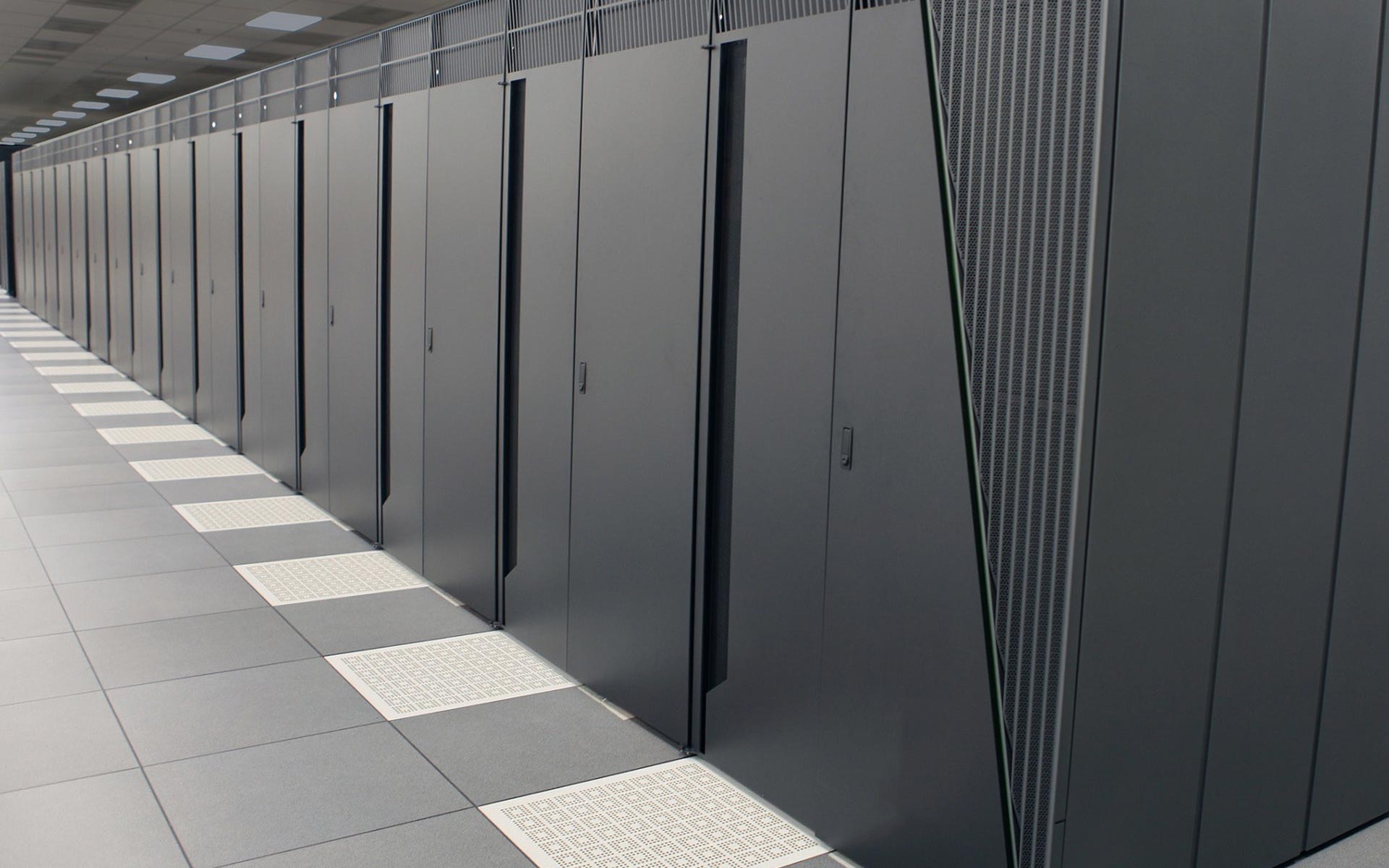Why Kubernetes on Bare Metal Is the Future
A lot has changed since the days when bare metal was considered a dirty word in the data center. Today, running Kubernetes on bare metal offers a variety of benefits that wouldn't have been possible even five years ago. But what changed? And what operational advantages does this union offer for cloud computing in 2022 and beyond? Let's get into it.
A Brief History
Two significant innovations are at the heart of the rising popularity of Kubernetes on bare metal infrastructure. The first catalyst was Linux containerization and the ability of developers to attach their application services to infrastructure at a more powerful API level. The second catalyst is the rising popularity of intelligent application services like machine learning, big data analytics, and high-performance computing. Again, bare metal was the natural fit here. Why? Because these emerging technologies demand infrastructure that can handle high-bandwidth and low latency workloads. In other words, they demand many compute resources and bare metal delivers. These recent innovations have enabled full exploitation of the underlying hardware, offering a more efficient and high-performance alternative to using a virtualization layer.
Now let's get into some specific benifits of Kubernets on bare metal
A Perfect Union - Realizing Kubernetes on Bare Metal Infrastructure While traditionally, the trend has been deploying Kubernetes in virtual machines, this deployment approach is becoming less popular. Virtual environments add additional costs (expensive licensing, among others) and complexity. Furthermore, organizations that want to leverage the entire stack of benefits and efficiency of cloud-native technology need to utilize fully optimized cloud infrastructure. This means switching over to bare metal.
Opting for a simpler yet more performant match (Kubernetes on bare metal) paves the way for many exciting possibilities, which we'll discuss in this section.
Bare Metal at The Edge
Data is the lifeblood of companies in the modern world. This is especially true in industries like media and entertainment that harness vast amounts of data and need to drive fast interactions in real-time. This is where edge computing comes in. Edge computing is an IT architecture approach where client data is processed at the network's periphery, as close to the source as feasible. To accommodate this, edge deployments usually mean multiple sites.
For several reasons, bare metal is quickly becoming the standard choice for multi-node clusters at the edge. Standardized integrations between bare metal and Kubernetes, like the Spectro Cloud Cluster API MAAS provider, have played a significant role here. However, comparison tests between Kubernetes bare metal vs. virtual machines (VMs) have also sealed the deal. A study by CenturyLink found that Kubernetes containers on bare metal achieved considerably lower latency (three times lower) than Kubernetes running on VMs.
Kubernetes on Bare Metal Will Be the Default for 5G The majority of telecom providers working on 5G are opting for Kubernetes on bare metal. This match is regarded as less resource-intensive than VMs while also allowing for quick deployment and greater ease when it comes to making changes. Low-latency and cost-effective operations are paramount for a fast and widespread 5G rollout.
Why Should You Deploy Kubernetes on Bare Metal (Organizational Benefits) Beyond the role Kubernetes on bare metal is playing in some of the world's cutting-edge technology projects, this match has many benefits for individual organizations.
Performance
Bare metal environments enable direct access to CPU and RAM resources, which results in lower latency. For Kubernetes deployments, container-hosted applications can directly leverage hardware devices, maximizing resource utilization. Essentially, the union provides improved performance and is especially powerful for latency-sensitive or GPU-intensive workloads.
Cost-effectivesess
In terms of the total cost, Kubernetes on bare metal can work out significantly cheaper than VM alternatives for several reasons. First, at its most basic level, it eliminates the cost of virtualization software. You also don't have to pay to host an OS on both the bare metal server and the VM. Additionally, operational and labor costs are also lower because you don't have to pay for the management and maintenance of the virtualization layer. And lastly, with no hypervisor overhead, all of your server's resources go to running the workloads, resulting in reduced infrastructure costs.
Security
With data breaches on the rise, security is understandably a top priority for organizations in 2022. Luckily, Kubernetes on bare metal addresses some key security vulnerabilities. Bare metal administrators have complete control over system configuration, vastly reducing the potential for cyber attacks. Additionally, bare metal environments eliminate the "noisy neighbor" effect inherent in VMs. This effect occurs when the VM uses the majority of available resources and therefore causes network performance issues for other tenants on the shared infrastructure.
Configurations for Specific Workloads Typically, VM instances sport configurations designed to meet the needs of general workloads. While this might be fine for most scenarios, it does make things challenging when you need highly specific hardware configurations. Bare metal solves this by allowing for highly customizable configurations that can support a variety of demanding workloads.
What Does the Future Look Like?
It's not yet clear whether Kubernetes on bare metal will one day replace the need for virtual machines altogether. As it stands today, many organizations prefer to deploy Kubernetes on virtual machines for several reasons. Namely, they hold the isolation of virtual machine instances in high esteem or don't have the tools or experience to effectively manage Kubernetes on bare metal servers.
However, the cloud-computing landscape is rapidly changing in response to the world’s ever-shifting technology demands. One significant area of change is the demand for direct access to hardware required for emerging applications, like machine learning algorithms. Equally important is the rise of 5G in the telecommunications space. And on an organizational level, Kubernetes on bare metal is also proving to add significant performance and cost benefits, further contributing to many companies making the move.
While we can't predict the future, everything seems to be indicating that Kubernetes on bare metal will continue to dominate. It's quickly becoming the default API for infrastructure, providing the predominant abstract layer for infrastructure in the public cloud. As we look to the future, we expect to see far more use cases for Kubernetes on bare metal.
« Back
Powered by WHMCompleteSolution




